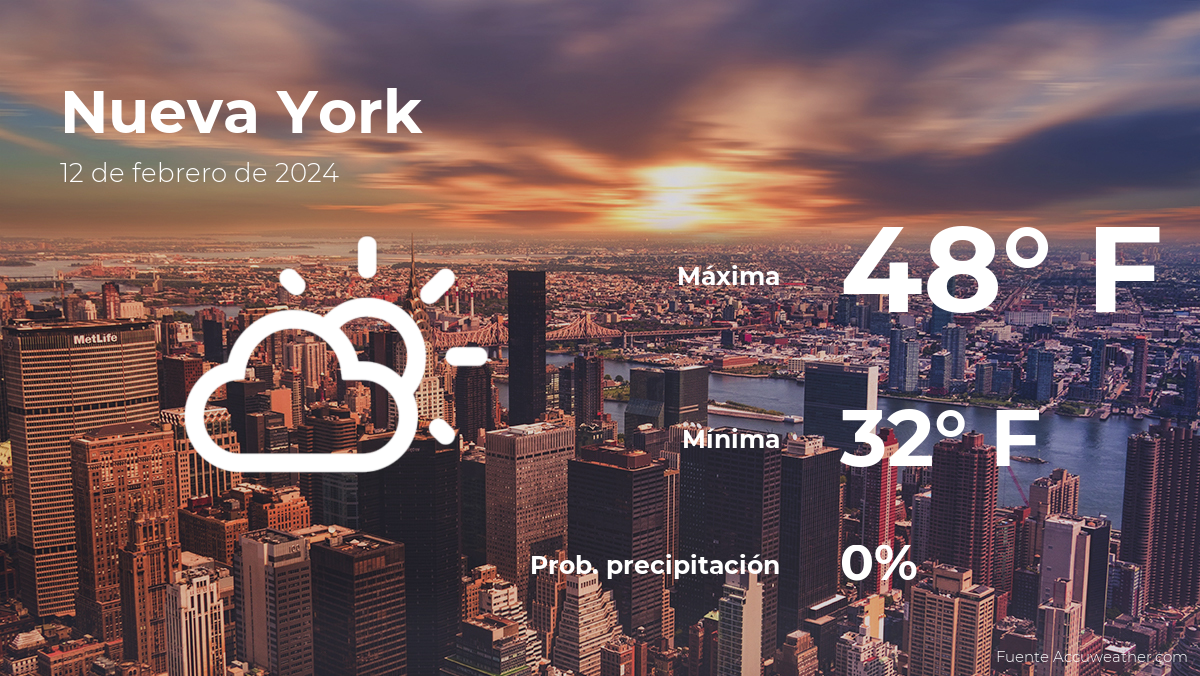Loans with family, friends or lenders registered an increase in 2023.
The Financial Consumer Office (OCF) presented the results of the II National Debt Surveyamong which an increase in informal loans stood out.
As reported by the OCF Loans from a family member or friends went from 33% in 2020 to 47% in 2023and those who have attended a lender increased from 15% to 25%; On the contrary, the number of people who have gone into debt through the use of a credit card decreased, going from 27% to 20%, as well as loans from an association or cooperative, which fell from 26% to 17%.
Given D+: The survey was carried out between September and October 2023 among 1,200 people between 18 and 65 years of age, respecting the country’s statistical quotas in terms of sex, age, activity status, subjective income and whether they reside in the Greater Metropolitan Area or outside of it and has a margin of error of 2.8%.
Additionally, The survey indicates that drop-by-drop loans could mobilize significant amounts of money in the countrywhich the OCF estimated at 44,000 million colones in informal loans of this type.
As noted by the OCF, the results of the survey showed that7.4% of the people surveyed stated that they had taken out a loan drop by drop, which would be equivalent to around 221,000 Costa Ricans. The total figure was estimated using an average loan value of 200,000 thousand colones, so the actual amount could be even higher.
Regarding this type of loans, the general director of the OCF, Danilo Montero Rodríguezhe pointed:
The drop-by-drop loan is established in the country. If we assume a conservative amount of disbursement per loan, it is valid to suspect that a fairly considerable sum has been disbursed through this type of credit and although the survey did not measure the amount that people currently owe, the possibility that the average per loan is even larger, to which the payment of interest would have to be added, so we are facing a relevant phenomenon. On this occasion, the OCF National Debt Survey studied the phenomenon of drop by drop, with the purpose of making the problem more palpable and, based on this, promoting a more systematic study and contributing to creating policies that allow the population that resorts to these loans, have access to financial solutions within the framework of legality.”
The survey also identified that 5.5% of people say they have received threats and even 4.4% indicated they have filed a complaint for loan collections drop by drop.
The OCF also highlighted that debts with commercial stores or with Poles are more frequent in people residing outside the Greater Metropolitan Area, whose income is barely enough for the basics or not at all, and debtors with an educational level of primary or less, since while, at the national level, the average debt with these lenders is 35%, for these groups it is close to 45%.
On the contrary, financing with regulated entities (debt with a card, for housing or for a vehicle) is more frequent in those with a university education, those who can afford the basics and more, and residents in GAM, since their level Debt with these institutions ranges between 25% and 27%, while the national average is 20%.
2024-02-12 23:49:53
#National #Debt #Survey #identifies #increase #informal #loans


